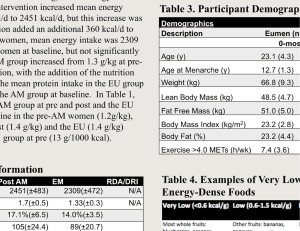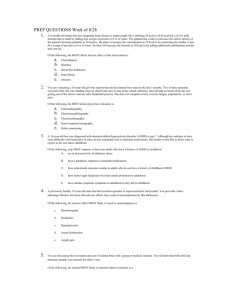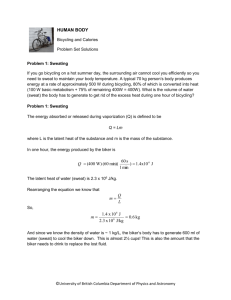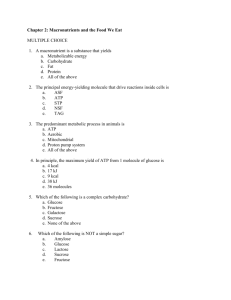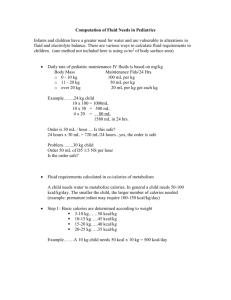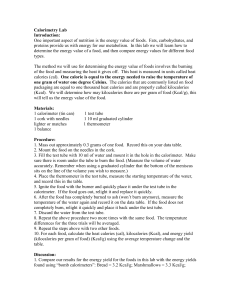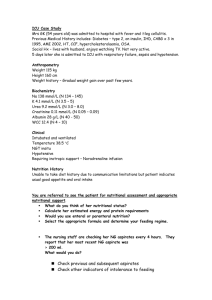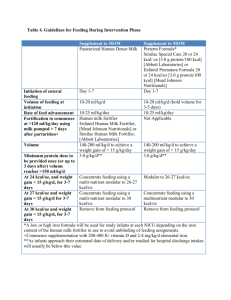Losing weight, Making Weight, Rowing fast
advertisement
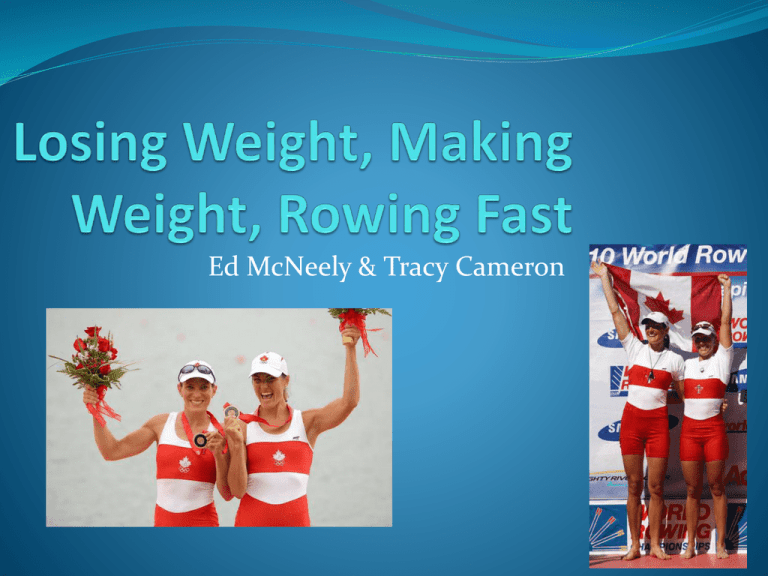
Ed McNeely & Tracy Cameron Introduction Many lightweight rowers fail to reach their true potential because of mistakes made when reaching competitive weight. Coaches often avoid discussions of making weight Dieticians avoid discussions of making weight Our goal is to present the theory and practical application of three key issues related to getting to competitive weight for lightweights Being Lightweight Very few rowers sit as natural lightweights An Australian study found that a kilogram of muscle mass was worth 10.2s on the water (Slater et al. Br. J. Sports Med.39;736741) Loss of muscle mass is a common side effect of weight loss Being Lightweight Heavyweights who want to move down to lightweight should meet the following criteria Erg scores as a heavyweight should at least be good lightweight scores High enough body fat that they can get to around 59 kg for women and 73.5 kg for men with body fat levels not lower than 12% and 8% respectively Have a long term plan of losing not more than 0.5 kg per week Energy Neutral Training Negative energy balance is necessary for weight loss to occur. How we go about creating a negative energy balance can affect the outcome of the program Energy Balance Relationship between calories in and calories out Positive energy balance More calories in than out Improved performance Increased muscle mass Adaptation to training Normal growth Energy Balance Most programs advocate the use of exercise as a means of burning calories to create a daily negative energy balance. Negative energy balance during exercise can result in up to 25% of energy coming from protein sources – muscle tissue As metabolically active tissue is used for energy there is a decrease in resting metabolic rate Metabolic Rate 1 2 3 4 5 6 Feb March Weight Kcal/day Kcal/kg 62.4 1631.5 26.1 62.9 1792.8 28.5 67.4 1412.6 21.0 62.5 1885.0 30.2 61.9 1775.5 28.7 57.7 1710.7 29.6 Weight Kcal/day Kcal/kg 60.6 1553.8 25.6 61.7 1692.0 27.4 64.5 1274.4 19.8 61.7 1536.5 24.9 61.3 1592.6 26.0 57.3 1550.9 27.1 Body Composition Changes Anthro 1 2 3 4 5 6 Sum of 8 80 105 55 97.5 73.5 40 Sum of 8 60 102.5 51.5 90 68.5 40 Energy Neutral Training Energy expenditure in each workout pre planned From 60 min pre to 60 min post all calories used must be replaced Mix of CHO and protein Negative energy balance created throughout the rest of the day Energy Neutral Training Feb Weight Kcal/day Kcal/kg 1 62.4 1631.5 26.1 2 62.9 1792.8 28.5 3 67.4 1412.6 21.0 4 62.5 1885.0 30.2 5 61.9 1775.5 28.7 6 57.7 1710.7 29.6 March April Weight Kcal/day Kcal/kg 60.6 1553.8 25.6 61.7 1692.0 27.4 64.5 1274.4 19.8 61.7 1536.5 24.9 61.3 1592.6 26.0 57.3 1550.9 27.1 Weight Kcal/day Kcal/kg 61.7 1788.5 29.0 60.1 1572.5 26.2 64.4 1540.8 23.9 61.6 1936.8 31.4 60.7 1761.1 29.0 57.5 1846.1 32.1 Energy Neutral Training Anthro 1 2 3 4 5 6 Sum of 8 80 105 55 97.5 73.5 40 Sum of 8 60 102.5 51.5 90 68.5 40 Sum of 8 54 88 46 70 59 37 Why? During and post exercise protein synthesis rates are the highest during the day Adequate energy Adequate CHO Adequate protein Protein and CHO intake increases insulin levels which decrease cortisol Muscle tissue can be built Why? Prevents potential catabolic affects of exercise Subjects report suppression of appetite following exercise Easier to eat less throughout the day All subjects had personal best performance in rowing ergometer tests at the end of April there had been no change from Feb to March Applying the Concept Need to know total energy expenditure RMR Exercise energy expenditure Daily energy expenditure Planning Calorie goals need to be calculated for each session the day before the session Nutrition has to be planned in advance and nutrients need to be available during the training session Making Weight Done in the final 24-48 hours pre weigh in Mostly done through dehydration Coming down the morning of weigh in more effective than trying to stay down or coming down the night before Making Weight Lots of individual variation Careful planning and practice Experiment with different approaches Food day of the race not for fuelling A race will only burn about 100-120 kcal 2008 Olympic final Tracy burned about 115 kcal and 28g CHO Making Weight Planning Start from weigh in time and work backwards Different plans needed for morning and afternoon races Set specific goals for night before and morning of weight Need to know how different foods affect water balance High sodium foods increase water retention Making Weight Dehydration 100g weight loss per hour through insensible fluid losses 1.5-3% weight loss acceptable Passive sweating better than an active sweat run Aggressive rehydration in the two hours pre race Water and electrolyte based drinks immediately after stepping off the scale

